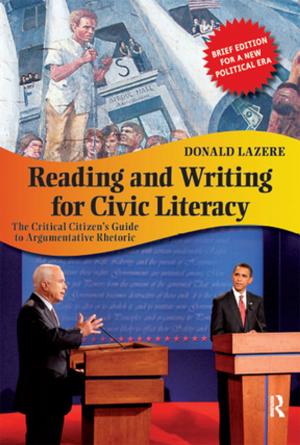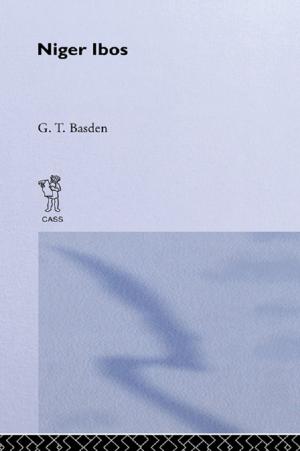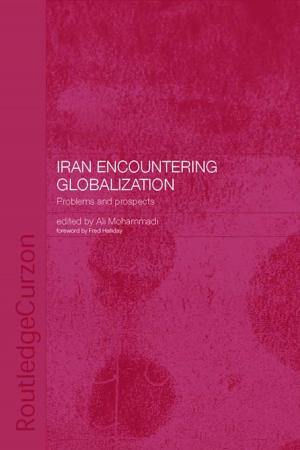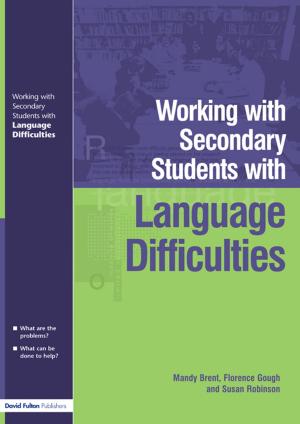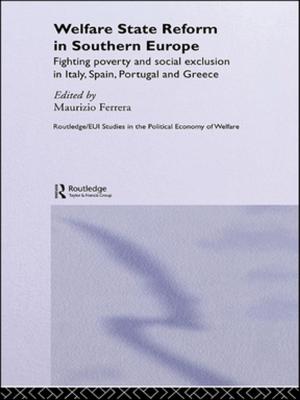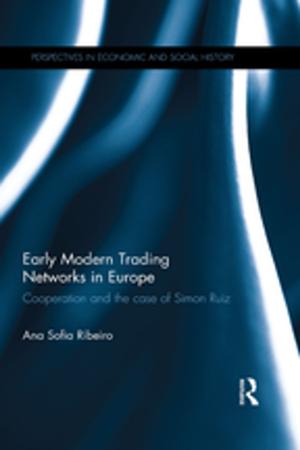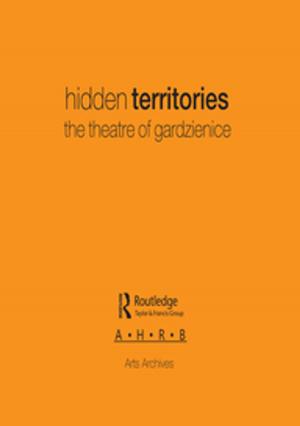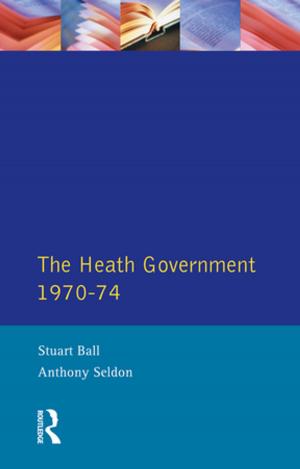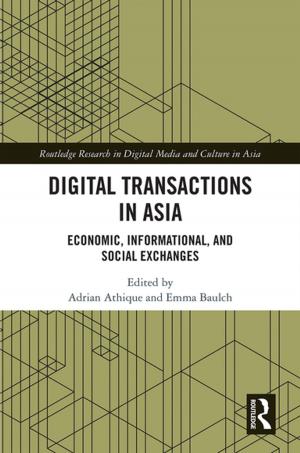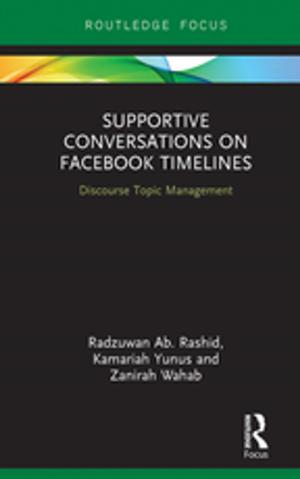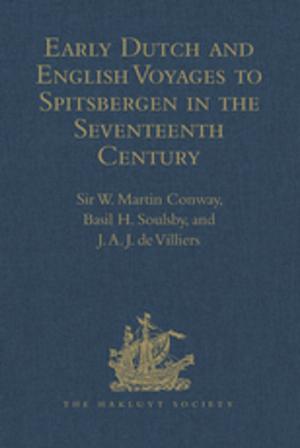Making Sense of Secondary Science
Research into children’s ideas
Nonfiction, Reference & Language, Education & Teaching, Secondary Education, Teaching, Teaching Methods| Author: | ISBN: | 9781134860821 | |
| Publisher: | Taylor and Francis | Publication: | November 2, 2005 |
| Imprint: | Routledge | Language: | English |
| Author: | |
| ISBN: | 9781134860821 |
| Publisher: | Taylor and Francis |
| Publication: | November 2, 2005 |
| Imprint: | Routledge |
| Language: | English |
When children begin secondary school they already have knowledge and ideas about many aspects of the natural world from their experiences both in primary classes and outside school. These ideas, right or wrong, form the basis of all they subsequently learn. Research has shown that teaching is unlikely to be effective unless it takes into account the position from which the learner starts.
Making Sense of Secondary Science provides a concise and accessible summary of the research that has been done internationally in this area. The research findings are arranged in three main sections:
* life and living processes
* materials and their properties
* physical processes.
Full bibliographies in each section allow interested readers to pursue the themes further.
Much of this material has hitherto been available only in limited circulation specialist journals or in unpublished research. Its publication in this convenient form will be welcomed by all researchers in science education and by practicing science teachers continuing their professional development, who want to deepen their understanding of how their children think and learn.
When children begin secondary school they already have knowledge and ideas about many aspects of the natural world from their experiences both in primary classes and outside school. These ideas, right or wrong, form the basis of all they subsequently learn. Research has shown that teaching is unlikely to be effective unless it takes into account the position from which the learner starts.
Making Sense of Secondary Science provides a concise and accessible summary of the research that has been done internationally in this area. The research findings are arranged in three main sections:
* life and living processes
* materials and their properties
* physical processes.
Full bibliographies in each section allow interested readers to pursue the themes further.
Much of this material has hitherto been available only in limited circulation specialist journals or in unpublished research. Its publication in this convenient form will be welcomed by all researchers in science education and by practicing science teachers continuing their professional development, who want to deepen their understanding of how their children think and learn.



